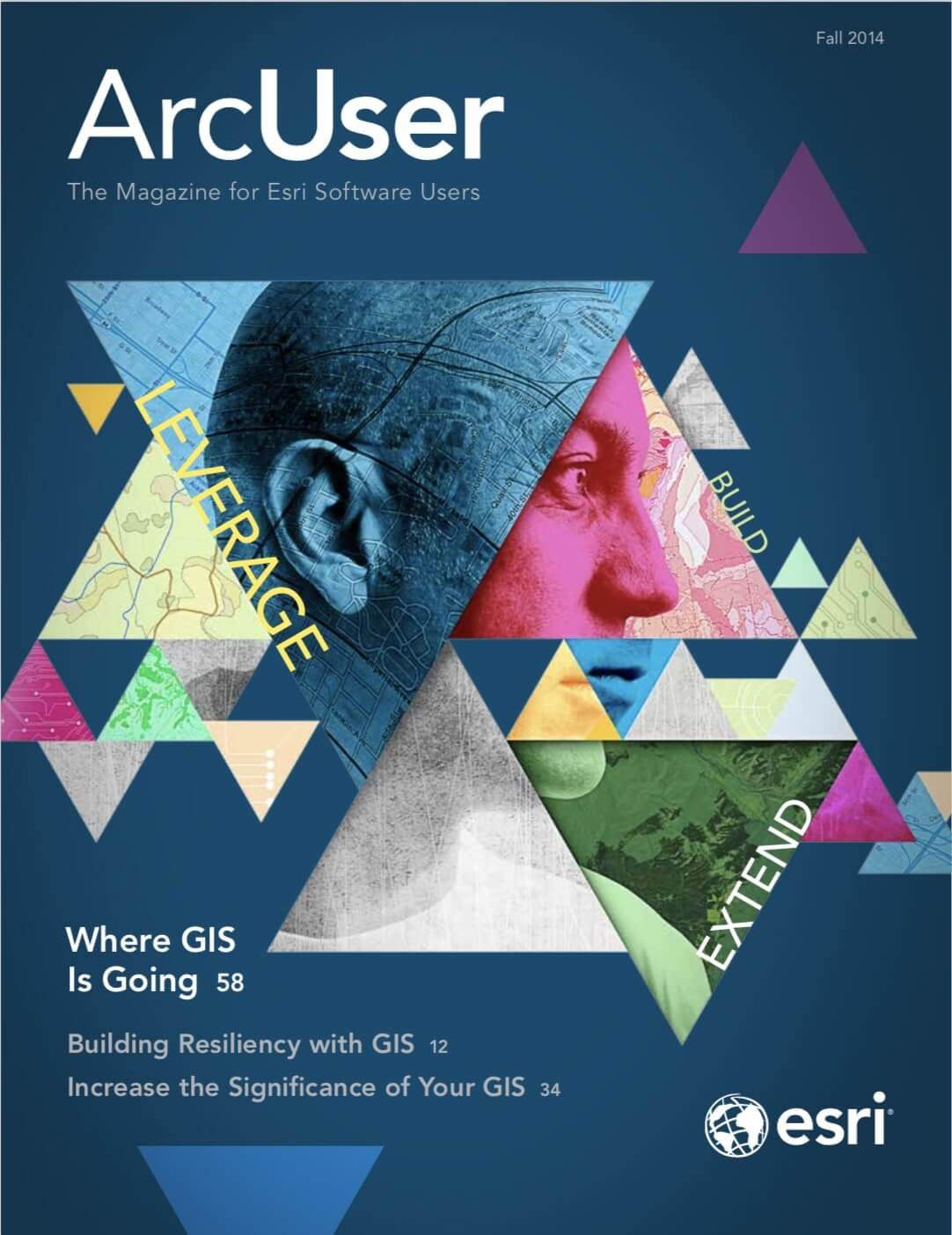In September, the winners of the Esri Global Disaster Resilience App Challenge were recognized at the UN Climate Summit 2014. This contest, held in conjunction with the United Nations (UN) Making Cities Resilient campaign, was one of two this year that asked developers to use Esri technology to create apps that mitigate the effects of climate change.
The contests took advantage of the flood of data being released by governments, businesses, nonprofits, and other organizations that has the potential to address what is arguably the greatest challenge facing the world today: climate change.
The ability to predict, prepare, and respond to extreme weather events and the shifts in temperature and precipitation that affect ecosystems, food supplies, water supplies, and the health of populations is data dependent.
Useful, high-quality data is available through portals such as the Global Earth Observation System of Systems (GEOSS) site and the United States Data.gov, and new sources of data are constantly being released. Esri has released ArcGIS Open Data as a configurable part of every ArcGIS Online organization subscription. With the ArcGIS Open Data application, organizations can quickly set up a website that shares just the data the organization wants to make available.
In addition to being authoritative and current, data must be usable. All the data in the world is useless without the ability to manage and access it efficiently and the tools to create information through analysis. ArcGIS provides those tools across the platform. For decades, Esri has supported open data through open standards, open formats, interoperability tools, participation in standards organizations, and the constant development of tools that let users incorporate all types of data formats natively or through importing.
Through ArcGIS Online, Esri makes vast stores of data immediately usable. Instead of having to constantly locate, obtain permission, download, and process data from numerous sources on a continuing basis, ArcGIS Online subscribers can quickly search and use data sources that are vetted, continually updated, and supplied as web services that can be added to web maps and apps or desktop analyses. Just one example of the value of this approach: the 30 meter Shuttle Radar Topography Mission (SRTM) elevation data released to the public in September 2014, which is being incorporated in the World Elevation Map on ArcGIS Online so that the most complete high-resolution digital topography database of the earth will be available to users.
Along with this instantly available data, Esri also created an array of developer tools for web, mobile, and desktop that work with cloud services developer APIs and ready to use content. Esri provides SDKs and APIs for Android, iOS, Java, JavaScript, Mac OS X, .NET, Qt, Flex, Silverlight, and WPF.
In the Esri Climate Resilience App Challenge 2014, held earlier in the year, and the more recent Esri Global Disaster Resilience App Challenge, Esri encouraged the use of ArcGIS Online resources and these Esri developer tools to tackle the challenges posed by climate change through two contests.
The Esri Climate Resilience App Challenge 2014 Esri hosted was mounted in support of the White House Climate Data initiative. For this contest governments, businesses, and nonprofit organizations devised apps to help communities bounce back from natural and man-made disasters and cope with the changing conditions that affect the food supply, public safety, infrastructure, and health and human services.
The quality of the apps received was high. Contest results were announced at the Esri User Conference, and the overall winner was Minnesota Solar Suitability Analysis, which lets users identify the suitability of a location for solar panel installations by querying solar analysis data.
The 22 apps submitted to the Esri Global Disaster Resilience App Challenge addressed many aspects of the climate change effects including measuring the impact of permafrost melt and storm water on infrastructure, providing sea level rise and landslide forecasts and supplying evacuation routes and shelter locations to people affected by natural disasters. Esri will ensure these apps will be widely available to the public.
Esri awarded $10,000 to winners in the professional/scientific app and citizen/public-facing app categories. The winning app in the professional/scientific category was submitted by The Nature Conservancy. Its Coastal Defense app identifies areas at risk for coastal erosion and inundation from wave and action and storm surge; allows users to interactively explore the role of coastal habitats in attenuating wave height and energy; and identifies appropriate adaption strategies.
The winning citizen/public-facing app was Guardian Evacuations submitted by Leon Storey and Gareck Packer. This app was designed to extend the capabilities of the Guardian Disaster Management suite, which is in use by 47 local authorities in Australia. It advises users where the closest evacuation shelter is located relative to their current location and provides directions to that center.
Margareta Wahlström, head of the UN Office for Disaster Risk Reduction, said, “Technology and science have a role to play in making the planet a safer and more resilient place. These apps will empower people across the world to manage the risks associated with extreme weather events fueled by climate change, which affects over 100 million people every year.”

